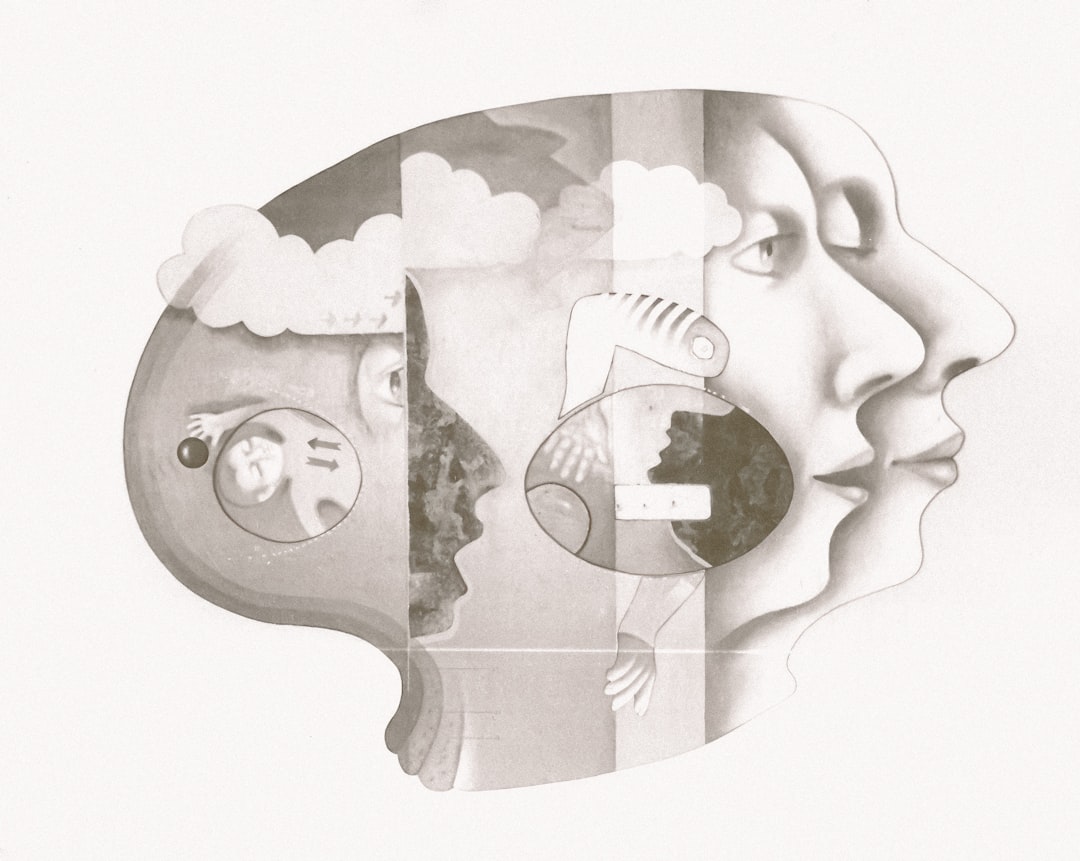In the ever-evolving landscape of technology, partnerships between tech companies have become a pivotal force influencing consumer search patterns. These alliances, which range from formal mergers to informal collaborations, are transforming the way users access and consume information online.
Tech partnerships are not a novel concept; they have been a strategic move for companies looking to leverage each other’s strengths. However, the implications these partnerships have on consumer behavior are becoming increasingly profound in several ways.
Firstly, tech partnerships often lead to the creation of integrated platforms. For example, when a search engine company forms a partnership with a social media giant, the result is a more seamless user experience where individuals can access a variety of services and content without switching between apps or platforms. This integration can lead to a shift in search behavior as consumers are encouraged to stay within a single ecosystem, thus influencing what they search for and how they do it.
Moreover, such partnerships can enhance the capabilities of the platforms involved, incorporating advanced technologies like AI and machine learning. These technologies can provide more personalized search results, which cater to individual preferences and behaviors. As a result, consumers are exposed to more tailored content, which can impact their future search patterns by setting new expectations for relevance and immediacy.
Another significant effect of tech partnerships is the expansion of data sharing between companies. With combined resources, tech companies have access to a richer data set, enabling them to refine their algorithms and improve the accuracy of search results. This development not only enhances the quality of information consumers receive but also redefines their approach to searching. As search results become more reliable, users may develop a greater trust in digital platforms, increasing their reliance on online searches for both trivial questions and significant decisions.
Furthermore, as tech companies partner, they often introduce new technologies that change the way searches are conducted. Voice-activated search, for instance, has gained momentum due to collaborations among tech giants. Voice search reshapes search patterns by promoting a more conversational style of interaction. As users become more comfortable speaking rather than typing their queries, the nature of search itself evolves, encouraging more natural language usage.
The partnerships are also redefining competitive dynamics in the tech industry. In seeking to outdo their competition, companies often push the boundaries of what their platforms can do, leading to rapid technological advancements and the development of new search features that entice consumers to modify their search habits.
An example of this is the collaboration between companies to enhance virtual and augmented reality technologies. By integrating these immersive technologies into their platforms, consumers are given new ways to experience content, further influencing how they search for information. These advanced search methods can offer deeper engagement and understanding, prompting users to adopt different searching techniques tailored to these new formats.
As tech partnerships continue to flourish, they also drive innovation in advertising models, impacting how advertisements appear to users during their searches. By combining forces, tech companies can offer advertisers more refined targeting options, ultimately shaping consumer perceptions and expectations regarding advertisements within search results.
In conclusion, tech partnerships are a significant catalyst for change in consumer search behaviors. From integrated ecosystems and personalized content to new search technologies and advertising models, these collaborations are transforming not only the tech landscape but also how consumers interact with search platforms. As these partnerships evolve, the future of consumer search patterns will likely be shaped by even more sophisticated and user-centric technologies, redefining how we find and consume information in an increasingly digital world.
IT Trend
consumer search patterns















Leave a Reply